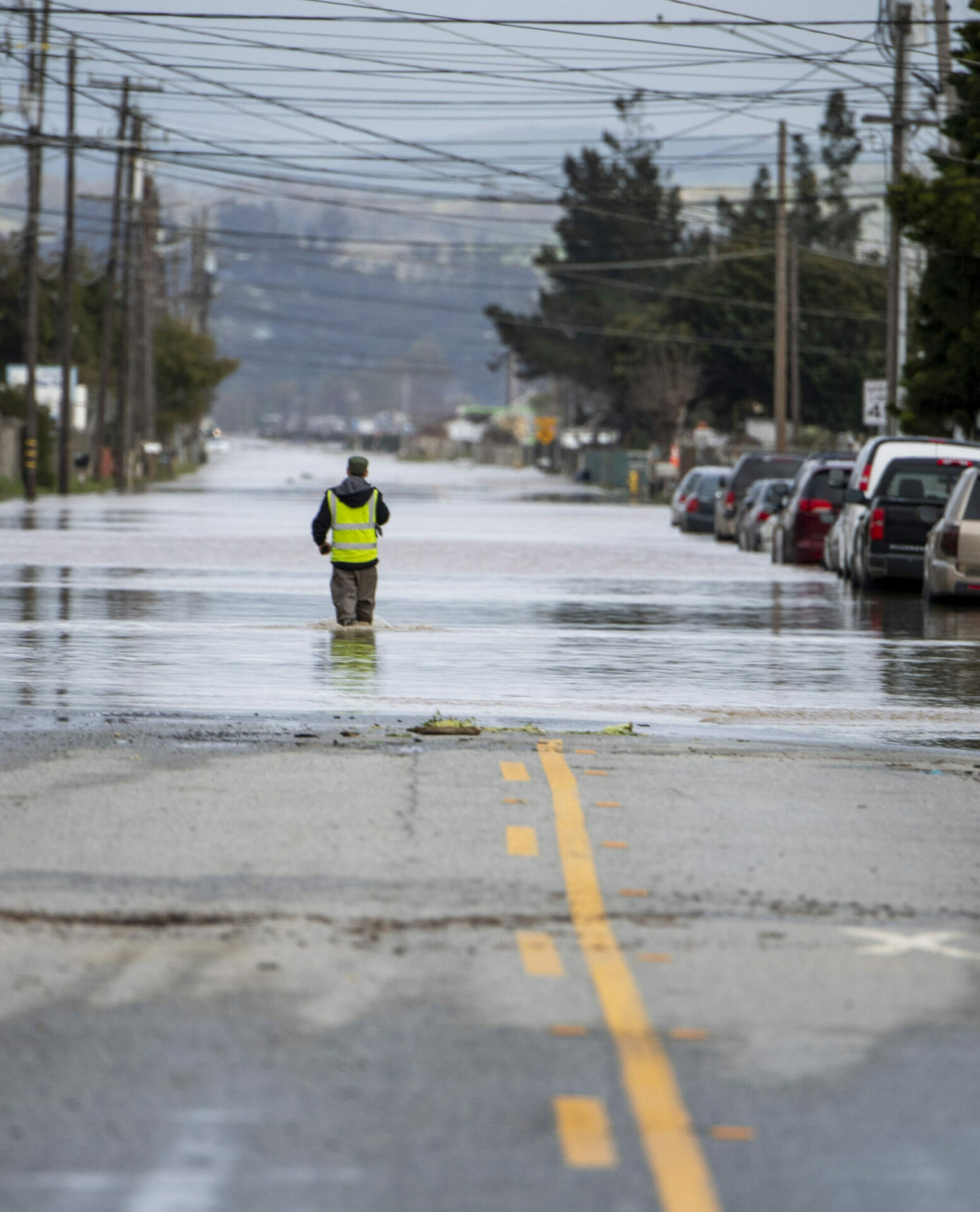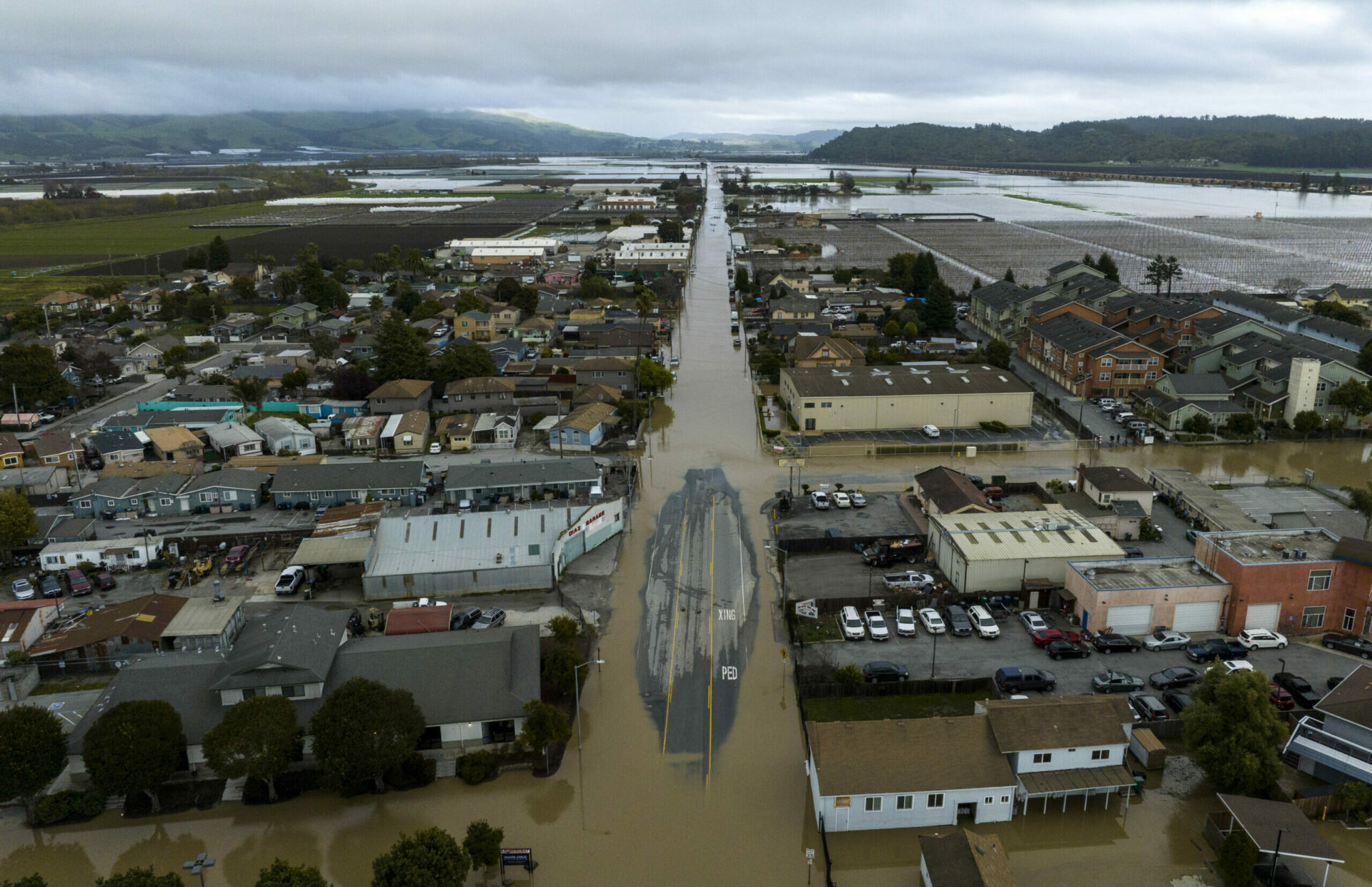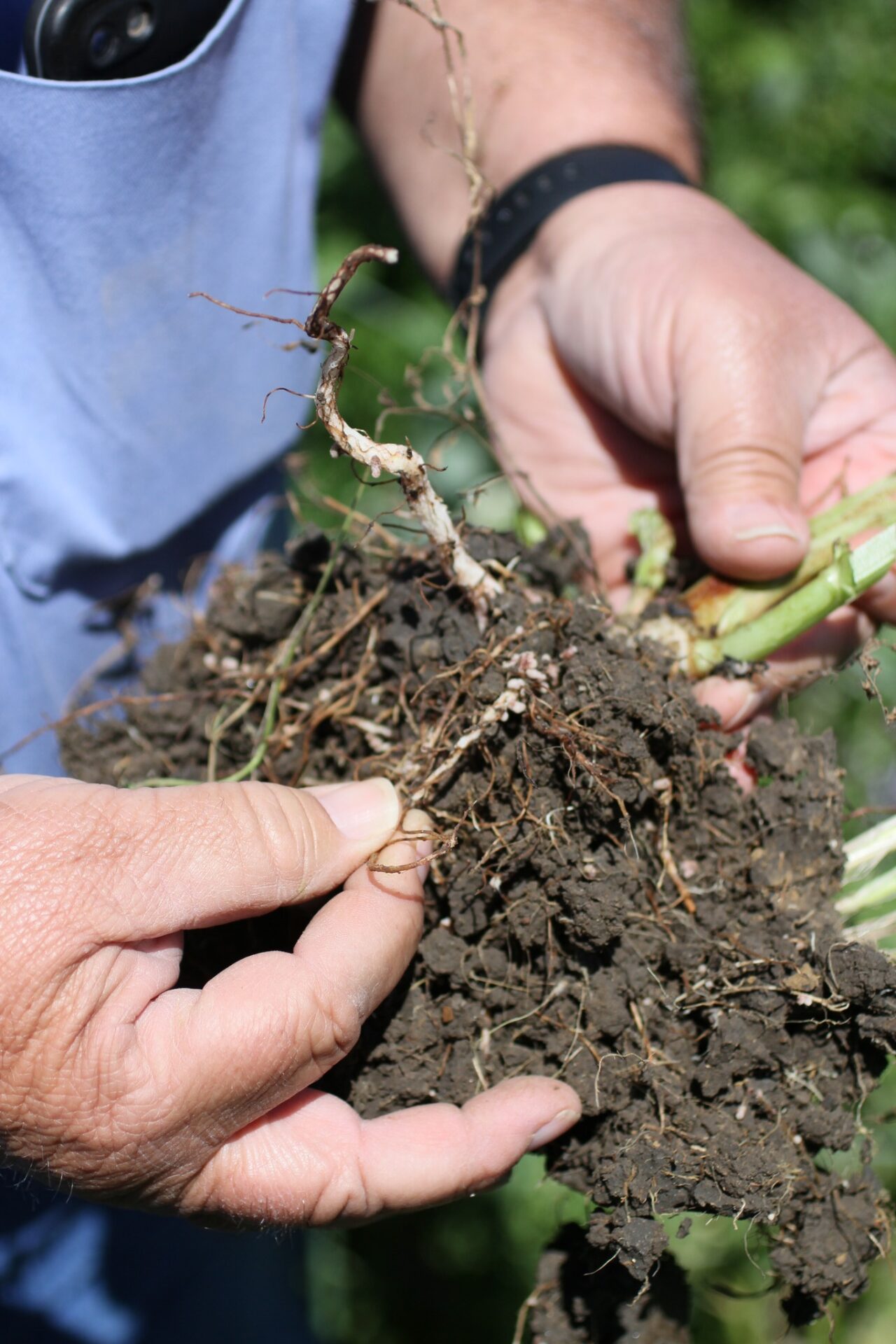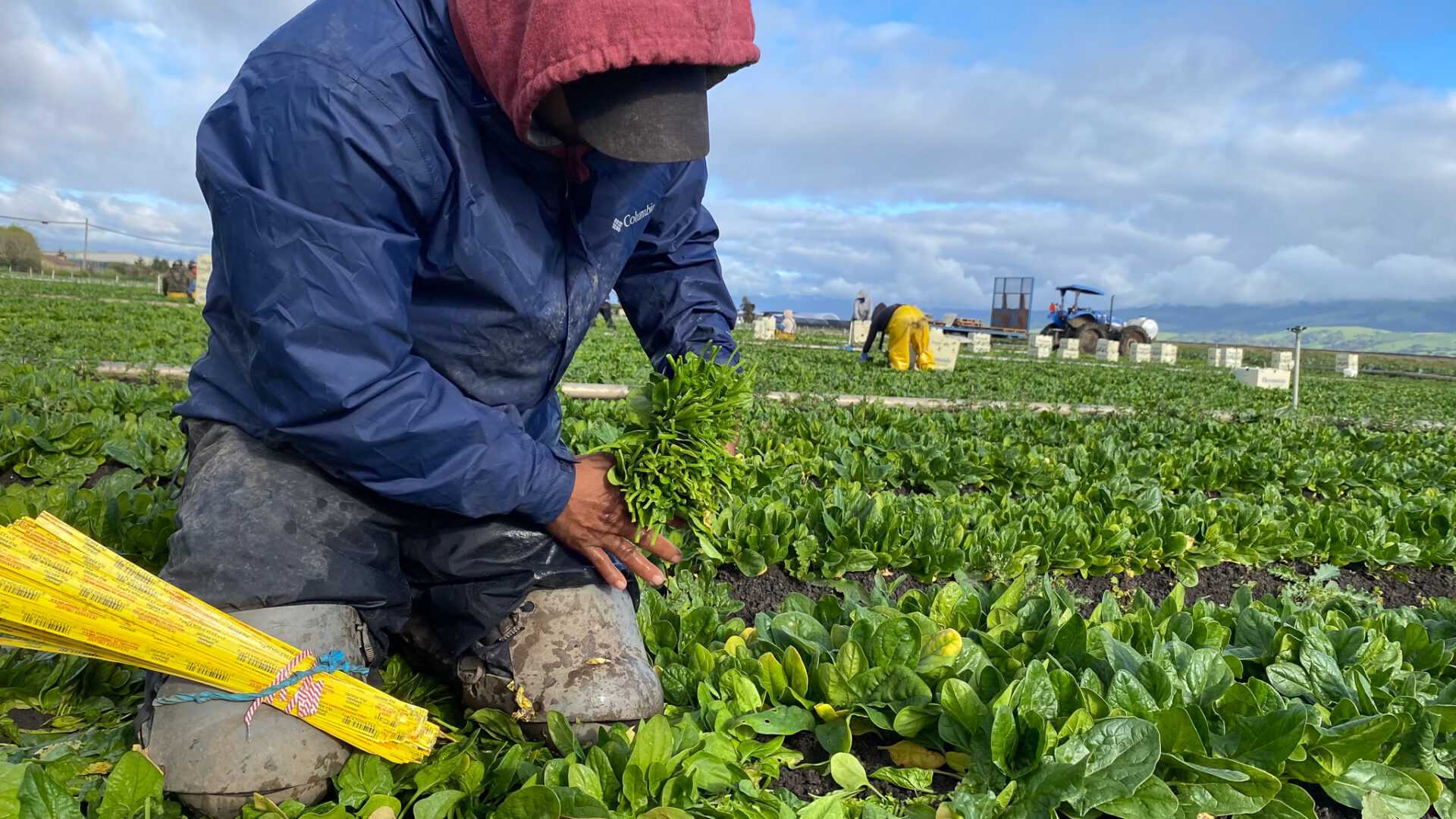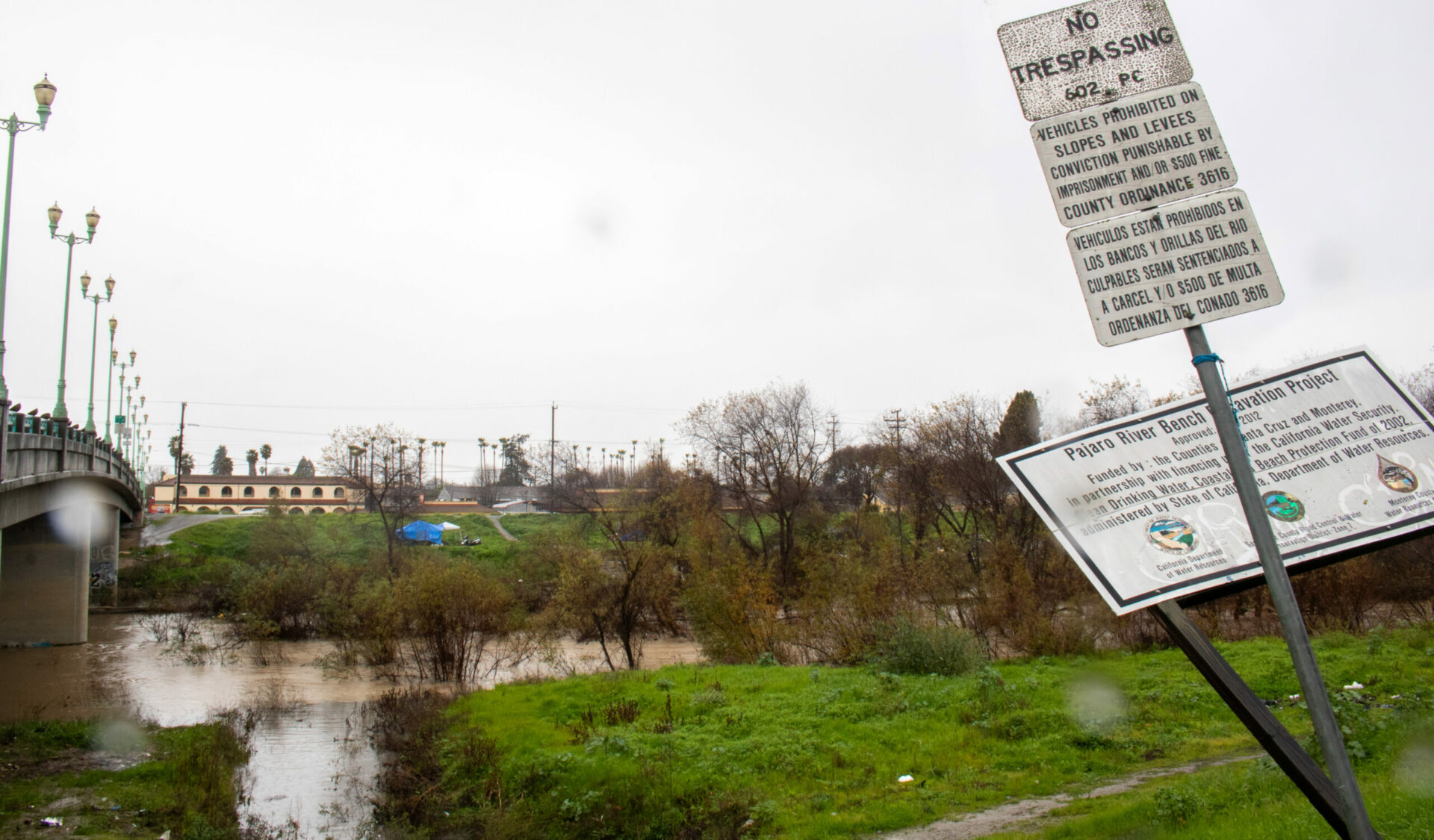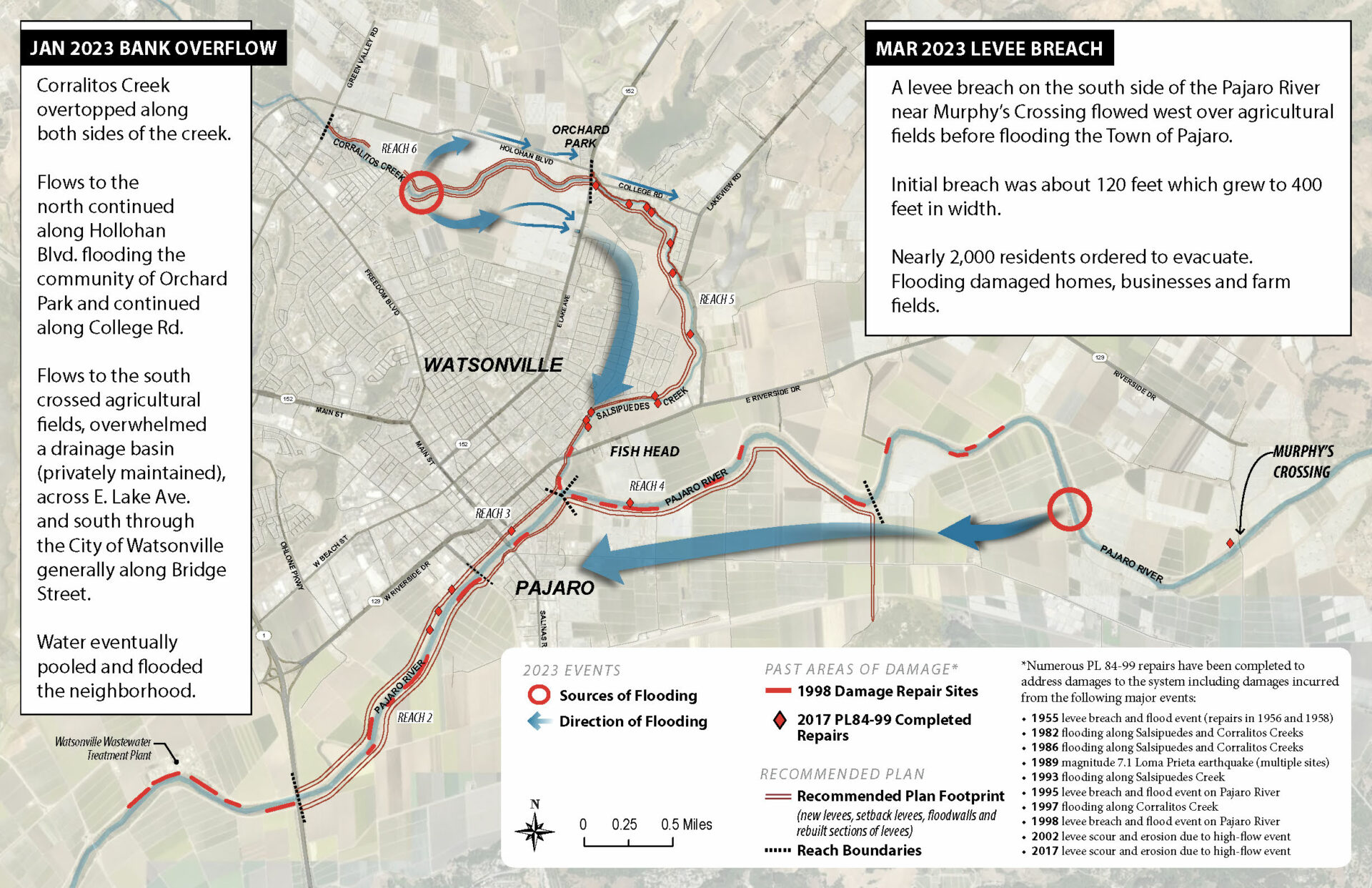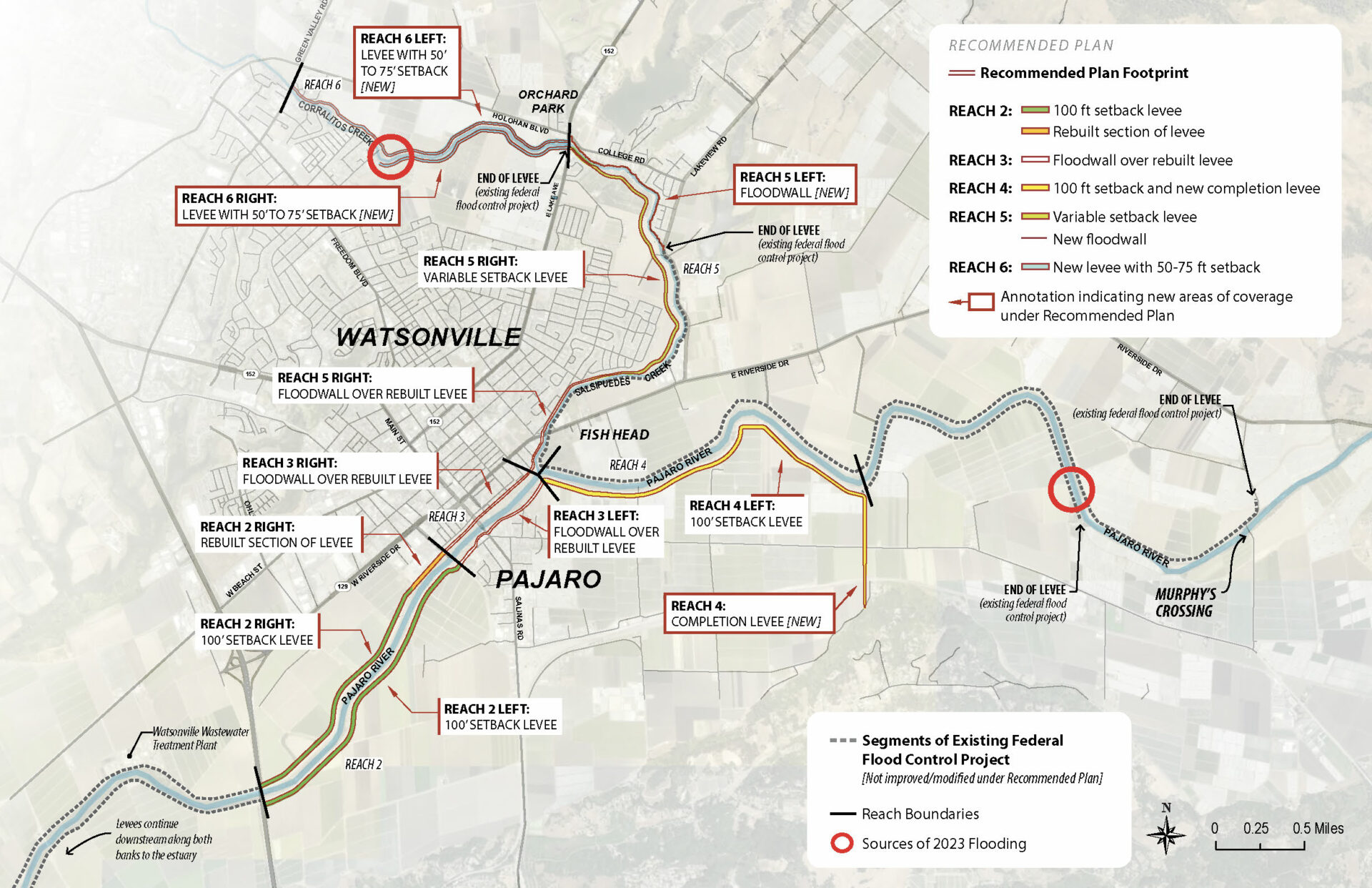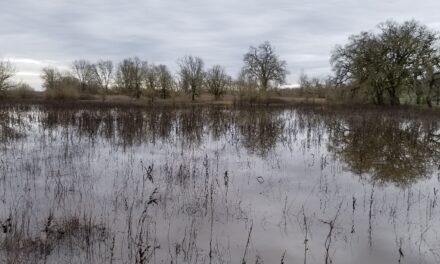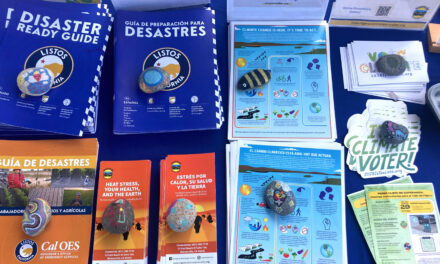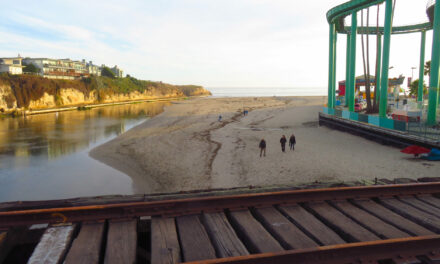Photo: Ken James, DWR
The North Monterey County Climate Disaster that Wasn’t
Esperanza rushed from her home with her three children just in time for the Pajaro River to flow over everything the farmworker and her family owned. But the flood that engulfed the entire town of Pajaro on March 11, 2023, wasn’t a straightforward climate disaster, and flooding is far from the only threat a heating planet brings to this low-income agricultural community that straddles Monterey and Santa Cruz counties. While a long-delayed project to prevent future floods finally gains ground, locals are still struggling to bounce back. “What little buffer people had is being eaten away,” says one farmworker advocate. Many of the most insidious impacts of a changing climate, and the longer-term struggles of Pajaronians, remain both invisible to outsiders and intractable to those experiencing them.
FULL READ
The North Monterey County Climate Disaster that Wasn’t
Around one in the morning on March 11, 2023, Esperanza rushed from her home in Pajaro, California, with her three children just in time for the Pajaro River to bury everything they owned in the floodwaters. Esperanza, a farmworker and single mother who asked to use only her first name, would spend the next half of a year taking refuge with her sister, then a friend, before returning home.
“The rain looked normal to me,” she said in Spanish. “Not like it was going to flood.”
Most homes and businesses in the unincorporated town of 3,000 met the same fate as Esperanza’s. As more accounts of the devastation emerged, many headlines were quick to blame climate change for the atmospheric river, and ensuing levee failure, that flooded most of the predominantly low-income and Latino northern Monterey County town of Pajaro. But the catastrophe was both more than and far short of a climate disaster. While the flood brought a brief spotlight to climate threats around the small farming community that straddles Monterey and Santa Cruz counties, many of the most insidious impacts of a changing climate, and the longer-term struggles of Pajaronians, have remained invisible to outsiders and intractable to those experiencing them.
EXTREMES-IN-3D
A five-part series of stories in which KneeDeep Times explores the science behind climate extremes in California, and how people and places react and adapt.
Series Home
Click here to enter
Supported by the CO2 Foundation and Pulitzer Center.
“The Roots Can’t Breathe”
While the Pajaro River engulfed Esperanza’s home, it was also spreading over several hundred acres of Dick Peixoto’s organic cropland.
“We had about 50 acres where all of our early broccoli was planted in one area in Pajaro that went under about eight feet of water and killed all the crop,” recalls the farmer, who has worked in agriculture for more than 50 years. “It was pretty devastating.”
Even before the levee broke, the season was shaping up to be challenging. Back-to-back winter storms had robbed the saturated soil of a chance to dry out. “The ground just needs to breathe,” Peixoto explains. “[The plants] are sealed in there, so it restricts their growth and holds them back. They’re really struggling to survive.”
Regional climate projections predict that in the coming decades, there will be fewer rainy days overall. But when the rain does fall, it will be more intense, with rainfall on the wettest day of the year increasing by up to 30% in the Pajaro Valley. It’s unclear how the heating planet is impacting the 2023-2024 El Niño, a climatic phenomenon that brings heavier rains to California every few years, although some research suggests that extreme El Niños will become more common with climate change. El Niño didn’t influence the winter rainfall of 2022-2023, however, which made the series of powerful atmospheric rivers even more unusual.
Eloy Ortiz, a staff member at the local climate-justice organization Regeneration Pajaro Valley and board member of the nonprofit advocacy group Center for Farmworker Families, says that even before the failed levee flooded the town, “The rains of December 2022 and January 2023 were so heavy that [farmers] were taking fields offline — fields that would normally be used to plant strawberries and provide work for agricultural workers.”
Shrinking Buffers
After the floodwaters receded, the agricultural outlook grew grimmer still. California law dictates that stormwater-flooded fields must remain fallow for up to two months so crops aren’t grown in sewage, pesticides, and other contaminants the floodwaters may have spread. That spring and summer, as Esperanza tried to rebuild her family’s life, the steady farm work she’d always counted on was much harder to come by. Ortiz says her experience wasn’t unusual.
“You have farmworkers who are used to working really hard from March to November, and saving up all their money through the harvest season, and then living off their savings from November to March of the next year,” explains Ortiz. Disruptions to the harvest mean that “what little buffer people had is being eaten away.”
Far subtler climate disruptions than a flood are likely to further shrink that financial buffer for farmworkers and farmers alike. Strawberries are the most abundant and lucrative crop in both the Pajaro Valley and the greater Santa Cruz County, but the plants need a minimum of several hundred “chill hours” (when temperatures drop to 45 degrees or colder) for the fruit to develop. Average low temperatures at nighttime in the region are projected to rise from the low 40s to 46.5 degrees by mid-century, and possibly more depending on greenhouse gas emissions. But even a modest scenario means losing enough chill-hours to threaten strawberry farming.
The Pajaro Valley may have an enviable climate to toil in compared to less foggy fields in the Salinas and Central Valleys inland, but acclimatization to the temperate weather can also make farmworkers more vulnerable to heat waves, says Ortiz. Local farmworkers may lack education about risks compared with counterparts in the Central Valley, he adds, and might not realize that the caffeine in energy drinks make them more vulnerable to dehydration. The broader Salinas Valley region, which abuts and in some cases includes the Pajaro Valley, has an older farmworker population on average than any other region in the state, which compounds risks for workers even more.
The heat also carries more sinister risks. Over the last decade, dozens of studies have documented how heat worsens pesticide exposure risks for workers, from sprays vaporizing and blowing farther afield to chemicals absorbing more easily into human skin. And according to a recently filed lawsuit against both the California Department of Pesticide Regulation and the Monterey County Agricultural Commissioner, in Pajaro, this risk extends beyond workers in the fields to “our state’s most vulnerable people”: students in classrooms, playgrounds, and daycare centers within a whiff of the fields.
More Than Climate
The subtle changes and challenges in soil aeration, berry production, and even pesticide impacts may seem to pale against the undeniable catastrophe nearly every resident of Pajaro experienced in March 2023. But according to Mark Strudley, executive director of the Pajaro Regional Flood Management Agency, “The things that have happened in Pajaro I don’t necessarily ascribe so much to climate.”
He continues, “climate is definitely a small factor. But overall, the storms that we’ve seen in Pajaro have not been so prolifically large … in the grand scheme of things.”
Both the levee-busting atmospheric river of 2023 and a near-miss in 2017 would historically be considered once-a-decade storms — more intense than a typical winter, but hardly unheard of. Extreme neglect, rather than extreme weather, was the primary culprit in Pajaro. For decades, the Pajaro Valley levee system was among the most inadequate in the nation, with a 60-year track record of frequent failures and a nearly 30-year old lawsuit mandating that the levee be repaired. Those improvements were bottom priority for the Army Corps of Engineers in large part because the federal government has historically based its calculations for such projects on the value of possible losses — a metric that excluded Pajaro, with its low property values, from a chance at the coveted funding.
Strudley estimates that $100 billion of prospective Army Corps projects seek federal assistance each year — compared with a budget of $1 billion per year. “The former Army Corps personnel at the local office literally told me … that this project was just going to live on a bookshelf and was never going to happen,” he says.
After a half-century of catastrophic floods and near misses, as well as multiple lawsuits and some state legislation clearing a unique funding pathway for Pajaro, the levee system overhaul is now off the bookshelf. The overhaul will include setting back the riverbanks to allow flooding in some of what is currently cropland — not to accommodate a changing climate, but to make space for the river as it’s been trying to flow all along.
Esperanza has heard nothing of these plans, and more than a year later, she still fears the water could return. Her voice trembling, she says that she wishes she could afford to move anywhere else with enough space for her and her three daughters.
“I keep looking,” she says, “and the day I find [a house] I’ll leave.”
![]() Find out what happened next.
Find out what happened next.
The story has a follow up! Pajaro Residents Weigh In: Oct 2024.
EXTREMES-IN-3D
SERIES CREDITS
Managing Editor: Ariel Rubissow Okamoto
Web Story Design: Afsoon Razavi, Vanessa Lee & Tony Hale
Science advisors: Alexander Gershunov, Patrick Barnard, Richelle Tanner
Series supported by the CO2 Foundation.
Top Photo: Lakeside Organic Gardens






